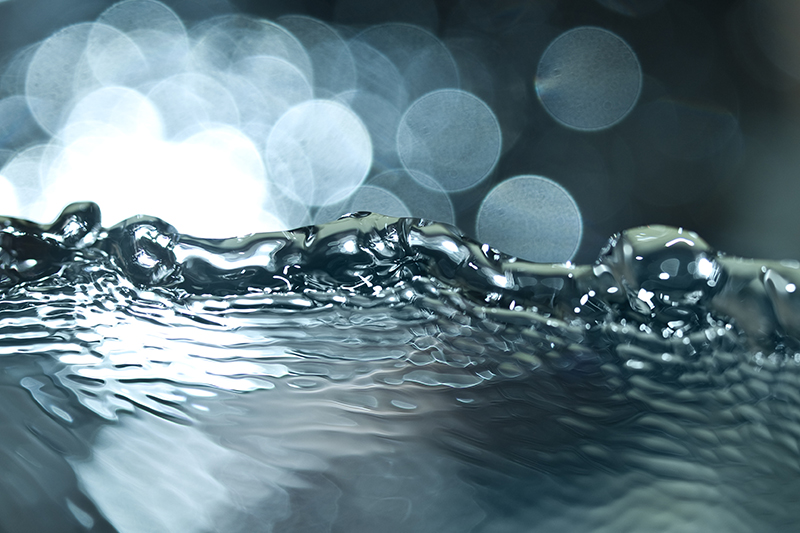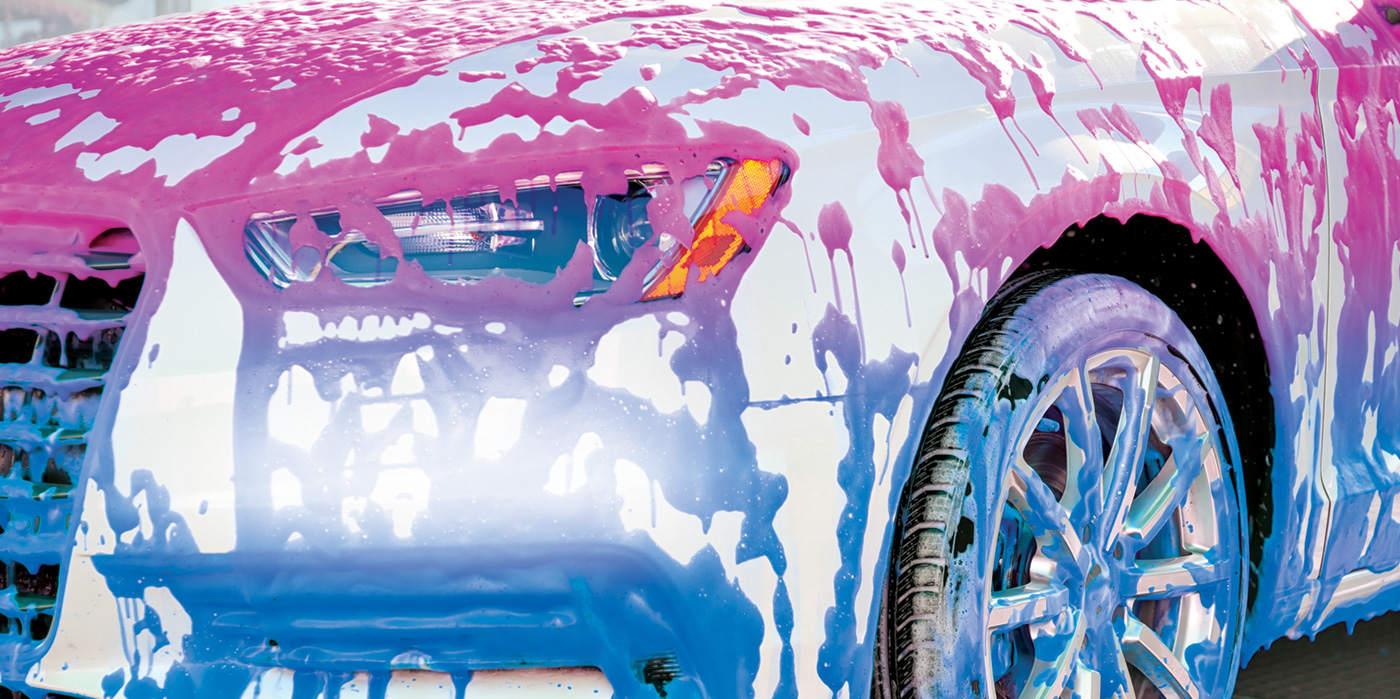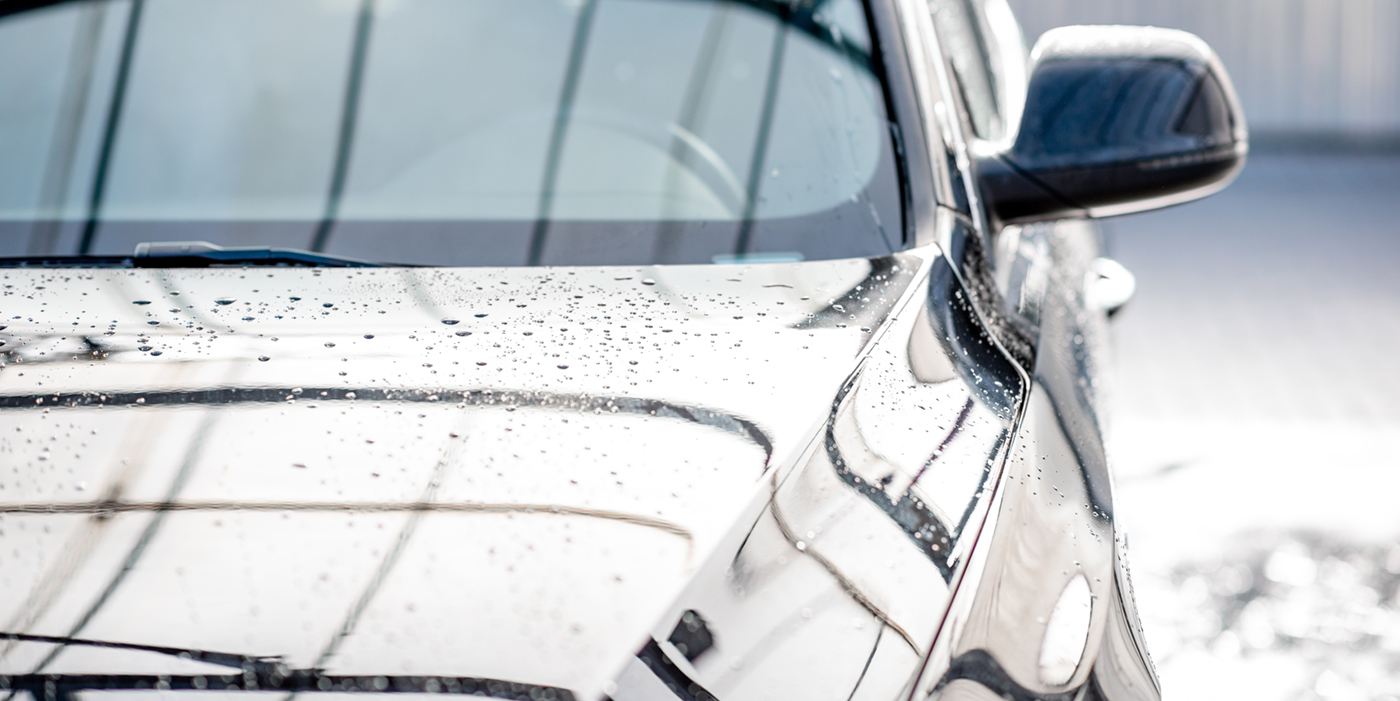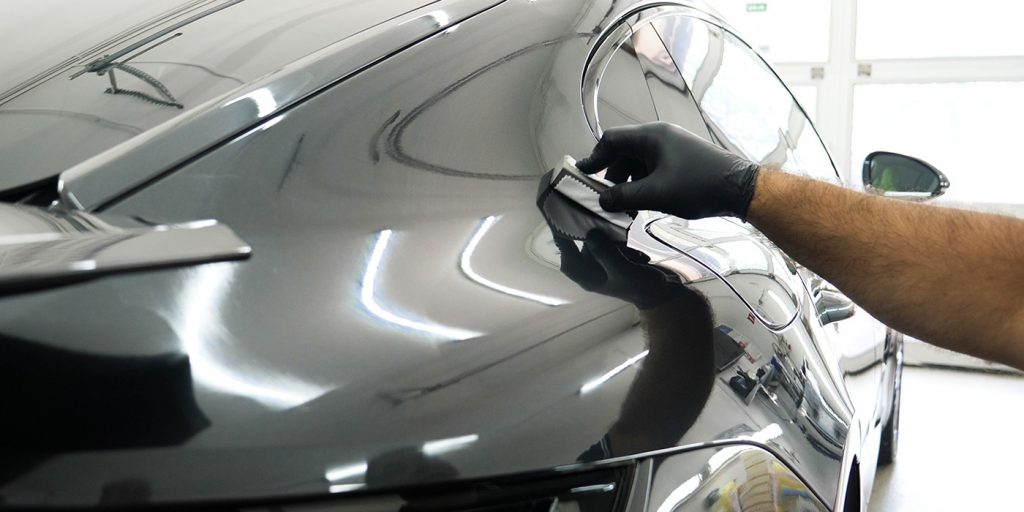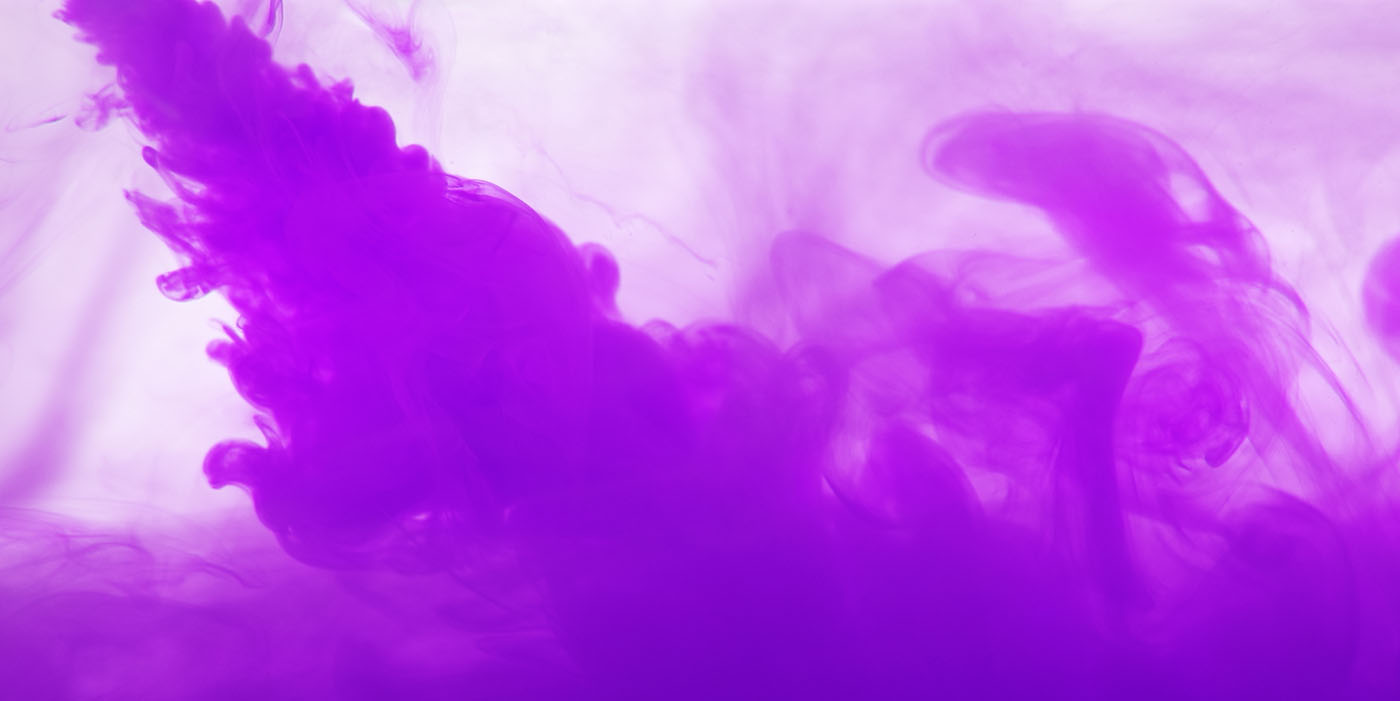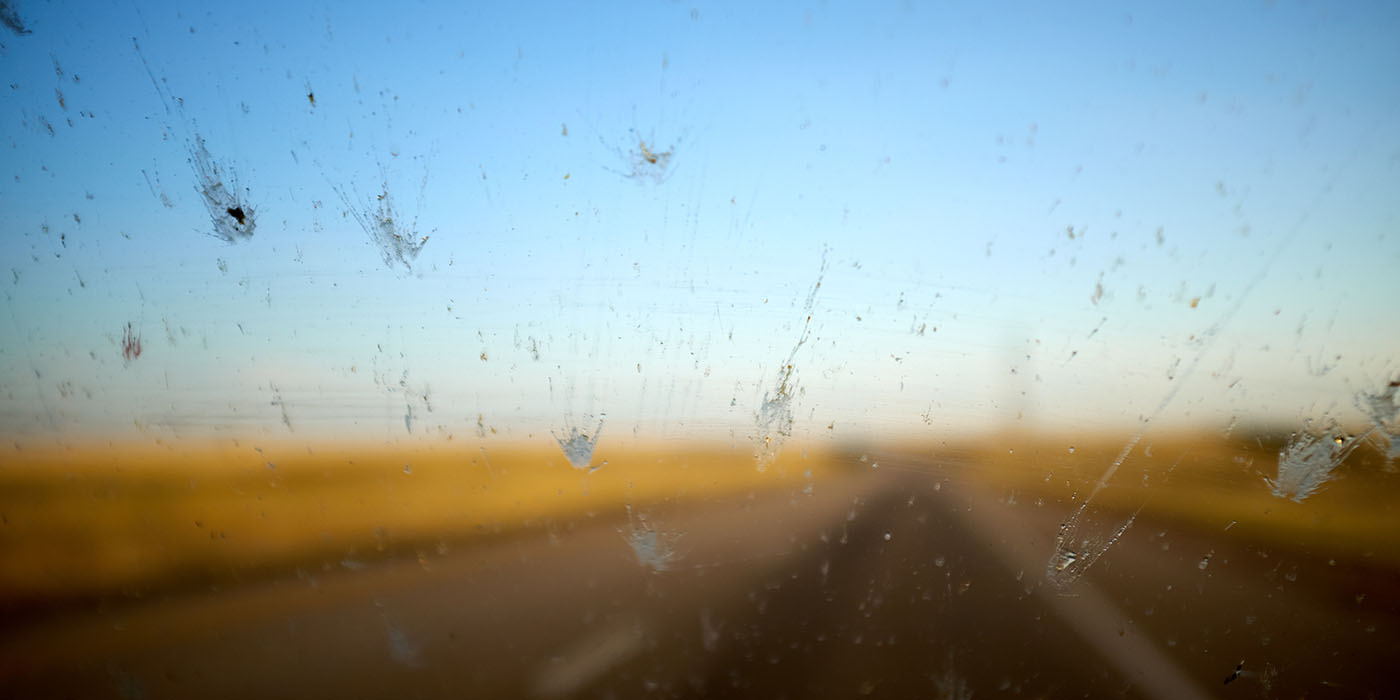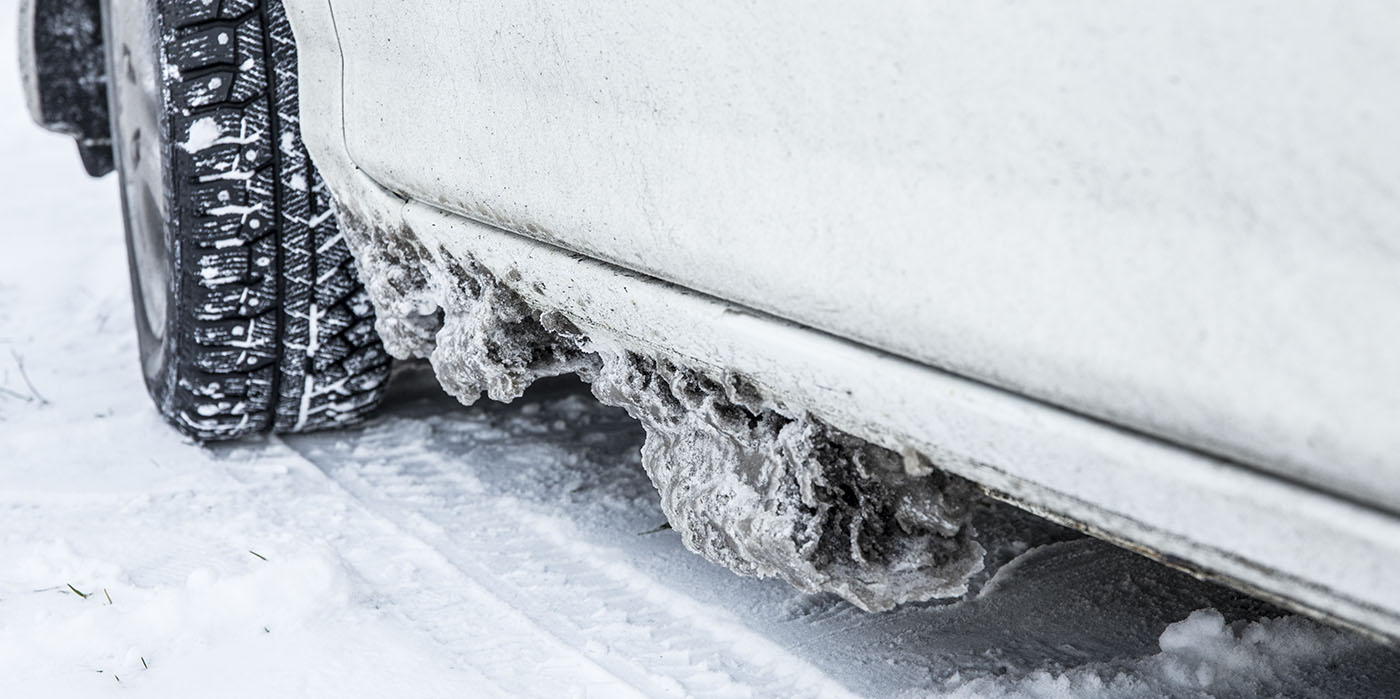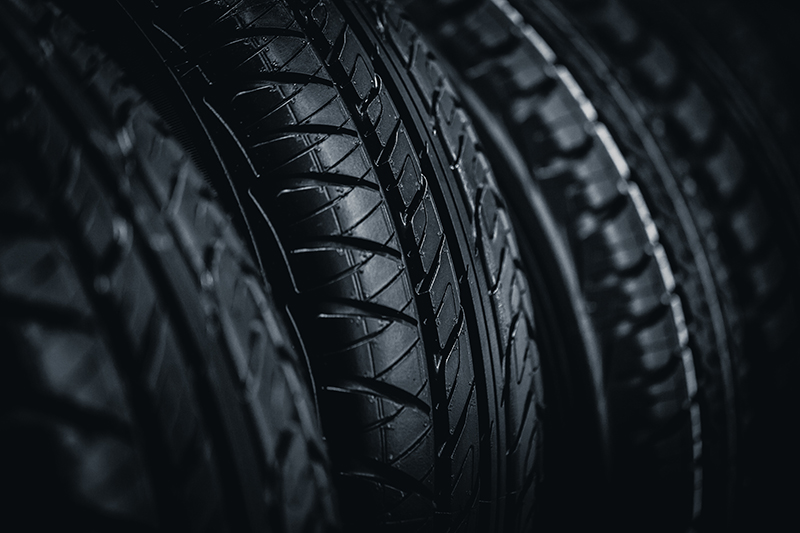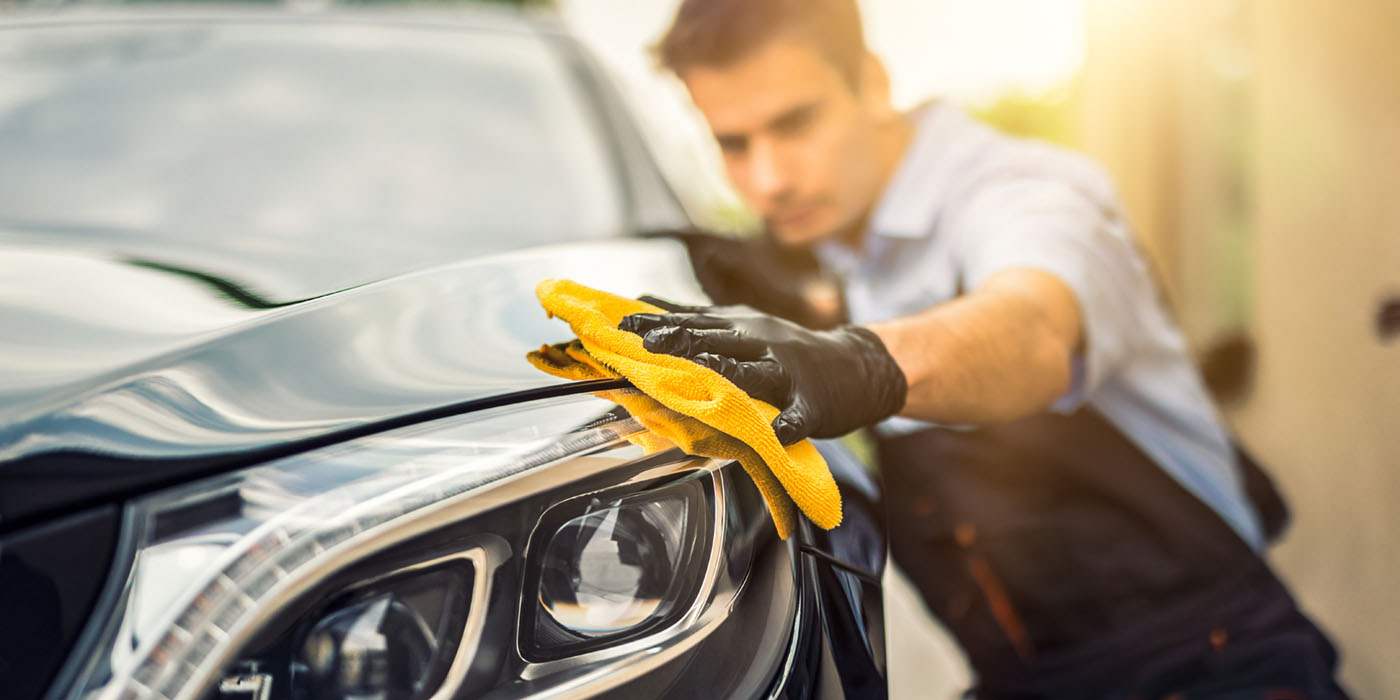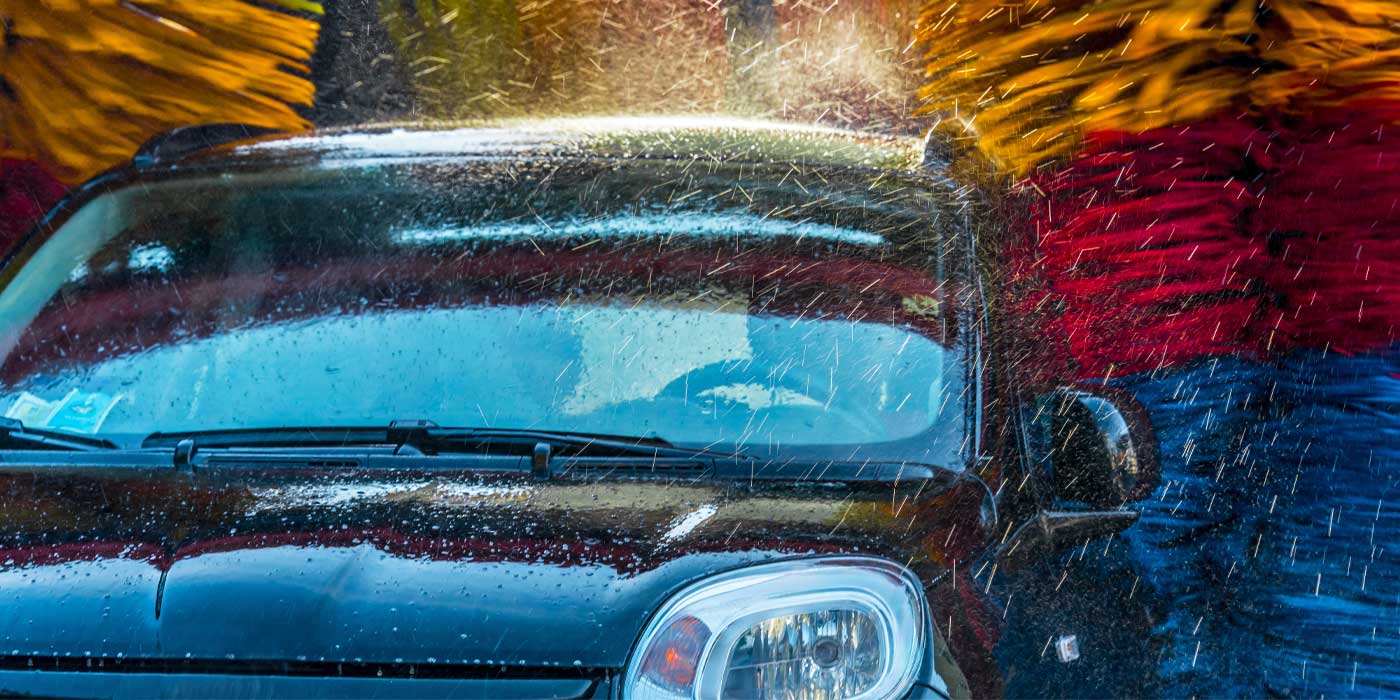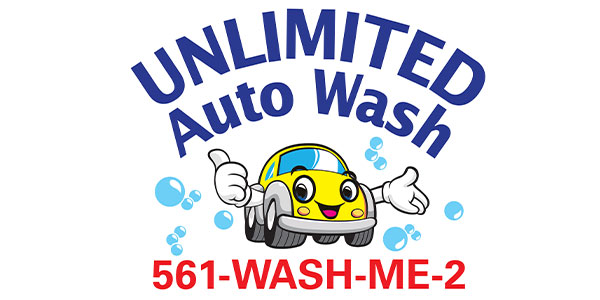Industry research shows that a 20-minute driveway or parking lot carwash can require up to 150 gallons of water per wash. And, further discrediting this practice, pollutants and chemicals entering residential wastewater ways cause heightened environmental concerns. Lamenting driveway washing’s waste or environmental discourse is one way to educate consumers and prospective customers. However, noting your wash’s environmental and cost benefits can be even more powerful.
While the average driveway carwash can use up to 150 gallons of water per carwash, a typical automatic carwash uses only 50 gallons or less, which may include reused water. Although this is a vast improvement over at-home water usage, carwashes can do better, especially when using reclaimed water.
Water’s importance in the carwash process
Water plays an integral role in a quality carwash. Furthermore, today’s consumers focus on environmental issues more than possibly ever before. Government regulations on water use have also necessitated new thinking from carwash owners and operators on how they reclaim and reuse water.
For a carwash operator and his or her employees to use water wisely, they must first understand what type of water is currently being used during the wash cycle, including in chemical delivery processes as well as applications. In carwashing, there are three types of water used: fresh, filtered (spot-free) and reclaim.
Fresh water is supplied to carwashes either through municipal means or drawn from a well. Especially when taken from a well, this water’s quality can vary based on a number of factors, including seasonal changes; pollution in the well or delivery systems; and increased or decreased levels of disinfection elements, such as chlorine, throughout the year and depending on the location’s distance from the treatment plant if municipally supplied.
Since fresh water’s quality changes, in-depth water testing every six months or less is recommended either on-site or with the use of a water testing laboratory as needed. In addition, carwash owners and operators would be wise to keep up with their area’s Consumer Confidence Reports (CCR), also known as an annual drinking water quality report, which is provided by your water supplier. For more information on these reports, please visit www.epa.gov.
Filtered water, typically achieved through reverse osmosis (RO) systems, is also used at carwashes seeking spot-free wash results. Spot-free water, which we will cover a little more in-depth later in this article, will have a total dissolved solids (TDS) level below 20 parts per million (ppm). In the past, older RO systems required several gallons of fresh water — which ultimately became waste — to create one gallon of useable filtered water; technology and system performance have evolved, improving this ratio drastically.
Reclaim water is when this precious resource is used, cleaned and used again. In recent years, many areas of the country require that carwashes feature some form of reclaim or recycled water system at their locations before a permit is granted.
Feeling loopy with reclaim?
If you are looking to either improve your existing water reclaim system or incorporate one for the first time, there are several questions to ask, such as:
- How many total gallons of water are currently used to wash one car at your location?
- How long is the average wash cycle?
- In what ways will you use the recycled water?
- What is your target goal for recycled versus fresh? Are you aiming for a 100 percent “closed-loop” system?
- What is your current car count? Larger volume requires larger equipment.
- What is your current water quality?
- Why are you reclaiming water, and what are the ultimate goals?
- Do you have the infrastructure and ability to service and install a clarifier tank or oil/water separation tank?
- Do you have access to a local water expert to help size your equipment and tank?
- Do you have a reputable industry water expert in mind to help inject professional carwashing knowledge into the process?
Over recent decades, water filtration and reuse technologies have improved vastly, as mentioned. Not only has the industry seen advancements in usable product water to wastewater ratios, but water reuse systems can now offer interested carwashes — with the right combination of factors — 100 percent “closed-loop” systems.
However, as noted by SoBrite Technologies’ General Manager Bryant Ruder, “closed-loop” reclaim has many meanings to different people.
“In my way of looking at a closed-loop reclaim system, I follow the words,” explains Ruder. “Closed-loop means no water can gravity feed off the property; it has to be hauled off.”
As a result, Ruder believes that the phrase “zero discharge” is more accurate and paints a clearer picture of what is commonly phrased as “closed-loop” systems in professional carwashing.
“Now this tells the story. You can reclaim 100 percent of the water — wash and rinse water of a carwash,” Ruder adds, noting that only five to seven gallons of a fresh water source is needed for the final rinse. “All water use must be reclaimed water, including the chemical applications.”
According to Ruder, the proposed use of RO spot-free rinse water must be a question that is asked. Since the carwash can only bring in five to seven gallons per vehicle, the RO concentrate (reject) stream cannot go into the reclaim system without causing an overflow situation. “Evaporation is the only way water leaves the carwash property naturally,” he says.
For carwash owners and operators who are interested in closed-loop systems, experts, such as Ruder, suggest asking another important question.
“Is this your only option? A 100 percent closed-loop, ‘zero’ discharge reclaim system is not a fresh water wash. If you are used to using as much fresh water as you want, a closed-loop system may not work for your carwash,” asserts Ruder. “You have to adapt to what is available, and fresh water usage is not. We know of people that haul water off their property daily because they have no discharge. They have no choice but to haul water.”
However, adds Ruder, if a carwash operator is interested in feeding reclaimed water to an RO unit, it can be done. “But, you will be working with the system almost daily, if not hourly,” he warns. “Membrane cleaning will be required quite often, and there is a test called Silt Density Index (SDI). This test will inform you as to how long membrane life and maintenance can be expected. This same test is used with some fresh water sources that feed RO units.”
Go spots, go
RO systems use a pump to increase the pressure on the feed side of the equipment that forces the water across and through a semipermeable membrane. This process results in approximately 96 to 99 percent of TDS coming out of the carwash process. When applied and functioning correctly, RO equipment can effectively reduce levels of salt, hardness and silica minerals. What this jargon means most to professional carwash owners and operators is fewer spots, if any, in the final carwash result.
More carwashes today are adopting spot-free water. Using this filtered water, typically achieved with RO, not only eliminates spots, but it also reduces the labor that is needed to deliver excellent final wash results.
While ratios were lopsided in the past, especially when using RO for residential purposes, a properly designed system can now operate at a 1:1 ratio at most carwashes. This is the suggested ratio of most membrane manufacturers, and misuse can result in several negative outcomes, such as premature fouling of the membrane, increased energy usage and a lowered ability of the system to remove impurities — and also, of course, unhappy customers.
In order to maximize performance and the RO membrane’s usable life, experts recommend regular water testing for a variety of reasons.
“You need 0 to 1 grain of water hardness; typically a water softener is required,” educates Ruder. “pH of 7 to 8.5 feed water and the water source should be free of chlorine. If you are using well water, iron and sulfur need to be removed.”
According to Ruder, quality RO systems will have a TDS meter on them and operators or another crew member should look at it every day. “TDS over 50 ppm or milligrams per liter (mg/l) will start to cause spotting — water left on the vehicle’s surface after the final rinse — that is visible to the naked eye. The TDS of the RO production should be much lower than the 50 ppm,” he says.
If your carwash has a water softener prior to the RO system, this water should also be tested daily, noting salt usage.
There are several impurities as well as contaminants that can affect a membrane’s effectiveness. High levels of chlorine, as an example, can degrade the RO’s membrane. So, what are the telltale signs that membranes need to be cleaned and replaced?
“Membranes are designed to remove 96 to 98 percent of the impurities that are dissolved in the water source. When you notice that your spot-free flow starts to drop and the TDS starts to increase, it is a good sign that your membranes are starting to scale over,” explains Ruder. “The water now has to pass through the solids buildup, which increases the TDS level of the feed source internally. Therefore, membrane cleaning or replacement is required.”
If you notice that your spot-free flow is increasing and the TDS is also increasing, continues Ruder, it typically means that the membrane surface is damaged. “This damage can be from chlorine or sulfur in the feed water source. These membranes are not repairable and replacements are required,” he says.
Water filtration manufacturers will also provide general guidelines, usually based on period of usage, for the typical replacement of RO membranes. Still, as mentioned, carwash owners and operators would be wise to monitor their water quality on a daily basis.
Most carwash owners and operators understand the importance of water at their operations, but more need to view this valuable resource as an important business commodity and an opportunity for cost savings.
Filtration, reclaim technologies and other safe, sustainable water practices can help carwashes’ — as well as customers’ — bottom lines. Still, reclaiming carwash water or filtering it is only as successful as the water filtration equipment in use as well as its ability to perform. The program is also contingent on your employees’ abilities to monitor results and adjust as needed. After all, dirty water equals a dirty car — and an unsatisfied customer.

